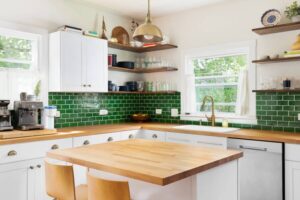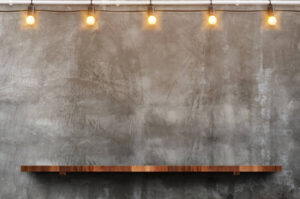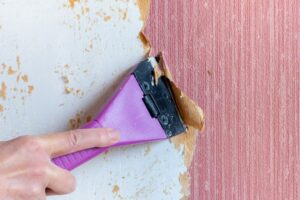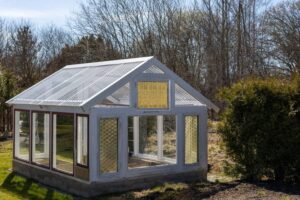Aging in place isn’t just about deciding to stay put!
If you’ve decided to age in place or help a loved one do so, then you’re likely facing a laundry list of home improvement projects to make that dream a reality. It can all seem overwhelming, but preparing a space for aging in place doesn’t have to be as complex as it looks.
Many benefits make it well worth the effort, one of which is that many people prefer to keep living in a familiar place. But don’t forget that as you get older, it gets harder to trek up those stairs, get out of bed, in the tub, or get to that top shelf in the kitchen like you used to.
Aging in place is typically about adjusting your home environment to meet new safety, mobility, and health needs vs. moving to a facility or new home. To top it all off, it’s likely more budget-friendly than moving to an assisted living home.
Luckily, there are basic rules regarding prioritizing these projects, beginning with areas of the home that are the most prone to accidents. And we talked to a few experts on home remodeling and aging in place about the best practices for going about your to-do list.
On that note, here are 10 projects to prioritize for safety as you navigate that aging in place to-do list.
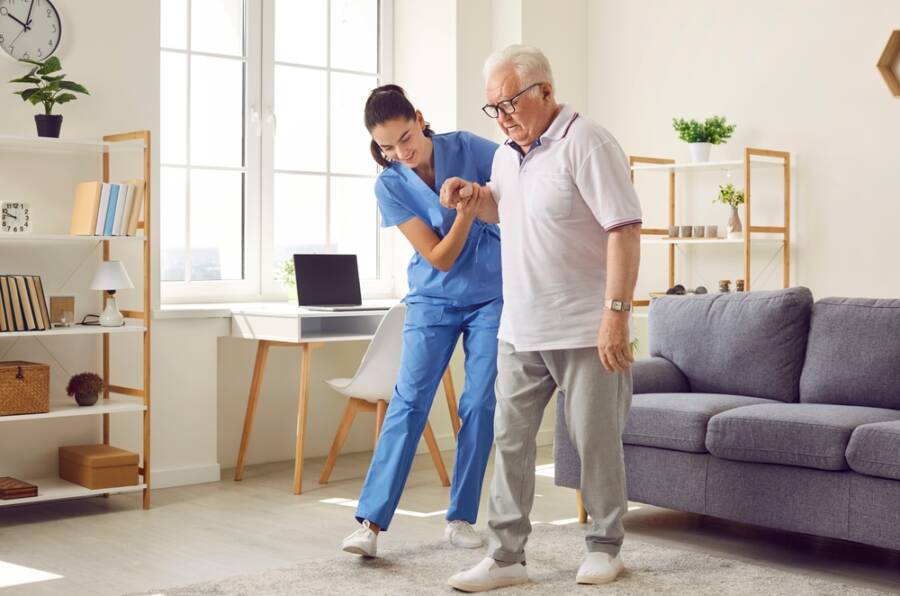
Ditch the rugs
Avoid having small throw rugs in your home since they pose tripping hazards. If you MUST keep a couple of area rugs, use a rug pad underneath them or look for options with skid-resistant backing.
Better yet, go with carpeting that enfolds the entire room. There are many excellent slip-resistant flooring surfaces that look fantastic.
Clean up the cords
Loose cords can present tripping risks. So spend some time managing them. You can easily attach sticky cord organizers to the sides of desks, nightstands, and other furniture to keep cords hidden away but easy to reach.
You can also install some cord covers on the floor to deter trips and falls for aging in place. We highly recommend labeling each cord so it’s easy to identify which device it powers.
Improve bathroom safety
If you have a walk-in shower, experts recommend changing it to a zero-clearance shower, which doesn’t have a threshold or step to trip you up. And since you’re making some changes to the bathroom, add a shower bench, too.
You should also replace your toilet with a comfort-height model, which is a couple of inches higher than usual and more accessible to sit on and get up from.
You may also want to add some strategically placed bars you can grab on to to steady yourself or pull yourself up, says a certified aging in place specialist.
Make your spaces brighter
Our eyesight usually gets worse as we age, which is why it’s a wise idea to improve the lighting around your home wherever you can.
Add some more to dark areas like hallways and stairways, plus extra task lighting in kitchens and bathrooms. You might also want to consider adding more light switches outside rooms and raising outlets to a more suitable height.
Install visual safety alerts
Carbon monoxide and smoke detectors are vital for any home. But seniors may not always hear these crucial alarms. That’s why you should try to opt for detectors with prominent visual alerts, like flashing lights.
It would help if you also placed fire extinguishers in accessible locations throughout your home, especially in the kitchen and anywhere you have candles or a fireplace. You don’t want to have to go too far to grab them if there’s an emergency.

Choose low-maintenance options
When it comes time to swap out exterior materials, choosing products that require little to no maintenance, like metal roofing, vinyl siding, and composite decking, is best. These materials look great, and offer lasting performance.
Minimize your landscaping maintenance while you’re at it, as well, by choosing native plants and installing hose timers on your sprinkler system. If your finances allow it, consider hiring professionals to care for the yard.
Limit and optimize your steps
Easy access to and from your house is essential for aging in place in any home. It’s crucial for older homeowners, particularly those suffering from mobility problems. For this reason, consider creating an entry without stairs.
If you’re installing a ramp or adding decks or walkways, use nonslip materials to make it even more secure. If your home has a second floor, stairs are unavoidable but can still be made more user-friendly.
Be sure they’re covered in a carpet or slip-resistant material, and, if possible, install a second railing so you can hold on from both sides. To avoid middle-of-the-night falls, install motion-activated lighting to illuminate the stairs while you’re on them.
Make your kitchen area more convenient
Install cabinets in your kitchen with pull-out shelves on rollers so it’s easier to get the items you need. Go for drawers rather than base cabinets to make it effortless to retrieve a cabinet’s contents.
Another thing you should consider is installing your dishwasher 12 inches off the floor to reduce bending. Most importantly, install counters about 30 inches from the floor. This is a height that’s comfortable for wheelchairs or dining chairs rather than barstools.
When purchasing new appliances, pick options with reasonable accessibility. For example, front controls on stovetops and ovens are more accessible to reach than those in the back. Drawers and pull-out shelves in the fridge are easier to maneuver than bulky, heavy doors.
When planning for aging in place, you should also ensure that microwaves and other small appliances are unmoving so they won’t tip over. Finally, if you have an over-the-range microwave, we recommend replacing it with a microwave drawer or countertop model.
Create a primary bedroom on the first floor
If you’re doing a significant renovation, ensure there’s a bedroom on the lower level of your home that could become the primary bedroom in the future, says an architect. An aging in place expert says that the room can be a guest room or even a den at first.
But outfit the room so that at a future time, if you or your spouse can no longer make it up and down the stairs, you can turn the first-floor room into your primary bedroom.
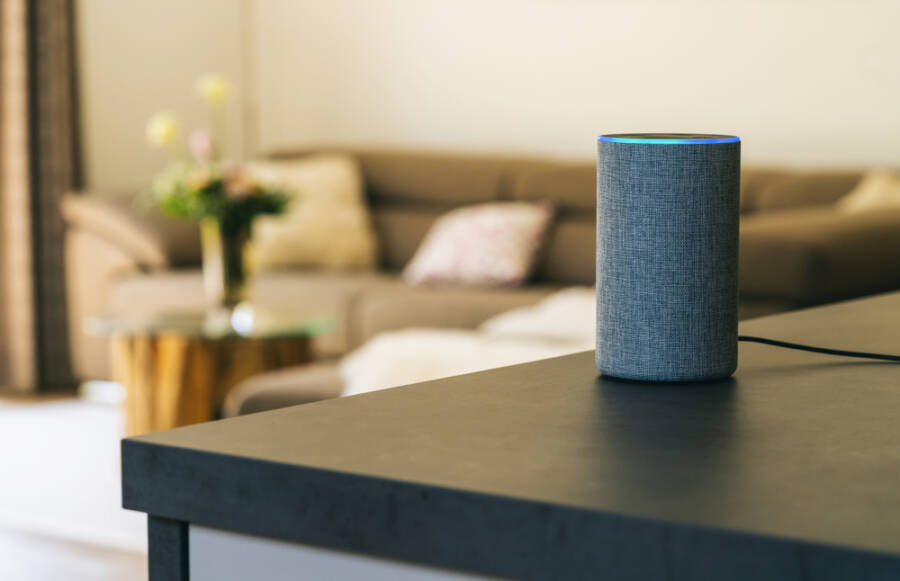
Add Smart Home automation
Home automation is another critical component of aging in place modifications. Timers and sensors can monitor house systems to caution homeowners and care providers of any potential concerns.
You can also buy and install smart lighting options that include motion sensors that turn your lights on and off as you enter and leave a room, and smart locks automatically lock the front door behind you.
Voice assistants, such as Google Home and Amazon Echo Studio, can connect to many smart home automation devices so you can control them with your voice rather than pressing small buttons that are hard to access and see.
Don’t leave yet! Be sure to let us know in the comments what you think about these aging in place tips, or if we might have missed any. And if you liked this article, Crafty Captain has many more for you to enjoy.
For instance, we highly recommend you also check out: 6 Simple Home Renovations You Can Do for Under $1,000







